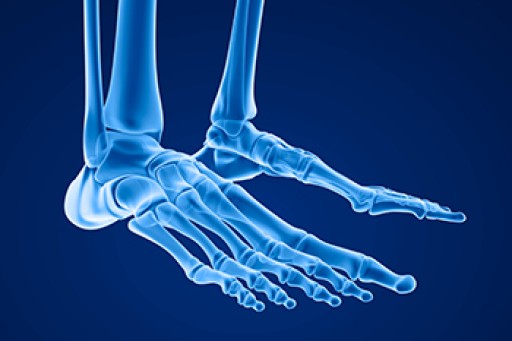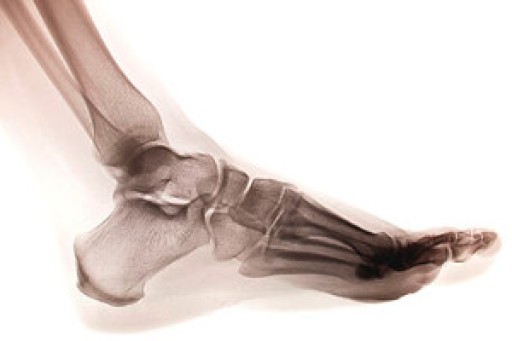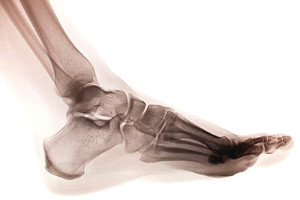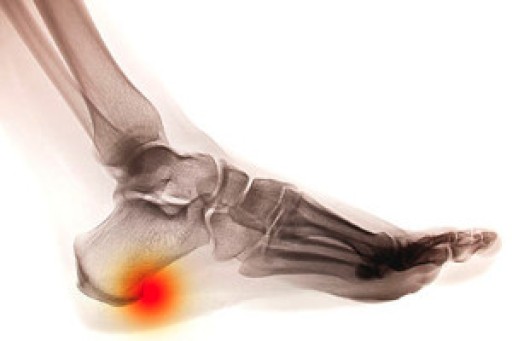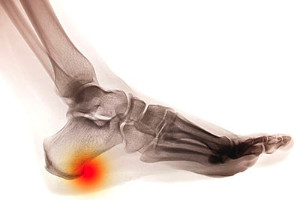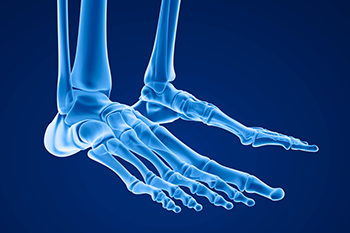
The feet are intricate structures comprising a complex interplay of bones and muscles. The skeletal foundation, consisting of 26 bones per foot, provides the necessary framework for stability and mobility. These bones, meticulously arranged in arches and joints, form a remarkable support system that bears the weight of our entire body. Meanwhile, a network of muscles, tendons, nerves, and ligaments allows the feet to function properly. From the dynamic flexing of toes to the subtle shifts in weight distribution, these muscles work tirelessly to maintain balance and facilitate your every step. The feet serve as a testament to the exquisite design of the human body, showcasing the seamless collaboration between bones and muscles that enables you to traverse the world with grace and agility. If you are experiencing pain or other problems related to your foot structure, it is suggested that you consult a podiatrist.
If you have any concerns about your feet, contact Cary Golub, DPM from New York. Our doctor can provide the care you need to keep you pain-free and on your feet.
Biomechanics in Podiatry
Podiatric biomechanics is a particular sector of specialty podiatry with licensed practitioners who are trained to diagnose and treat conditions affecting the foot, ankle and lower leg. Biomechanics deals with the forces that act against the body, causing an interference with the biological structures. It focuses on the movement of the ankle, the foot and the forces that interact with them.
A History of Biomechanics
- Biomechanics dates back to the BC era in Egypt where evidence of professional foot care has been recorded.
- In 1974, biomechanics gained a higher profile from the studies of Merton Root, who claimed that by changing or controlling the forces between the ankle and the foot, corrections or conditions could be implemented to gain strength and coordination in the area.
Modern technological improvements are based on past theories and therapeutic processes that provide a better understanding of podiatric concepts for biomechanics. Computers can provide accurate information about the forces and patterns of the feet and lower legs.
Understanding biomechanics of the feet can help improve and eliminate pain, stopping further stress to the foot.
If you have any questions please feel free to contact our offices located in Williston Park, and Long Beach, NY . We offer the newest diagnostic and treatment technologies for all your foot and ankle needs.
